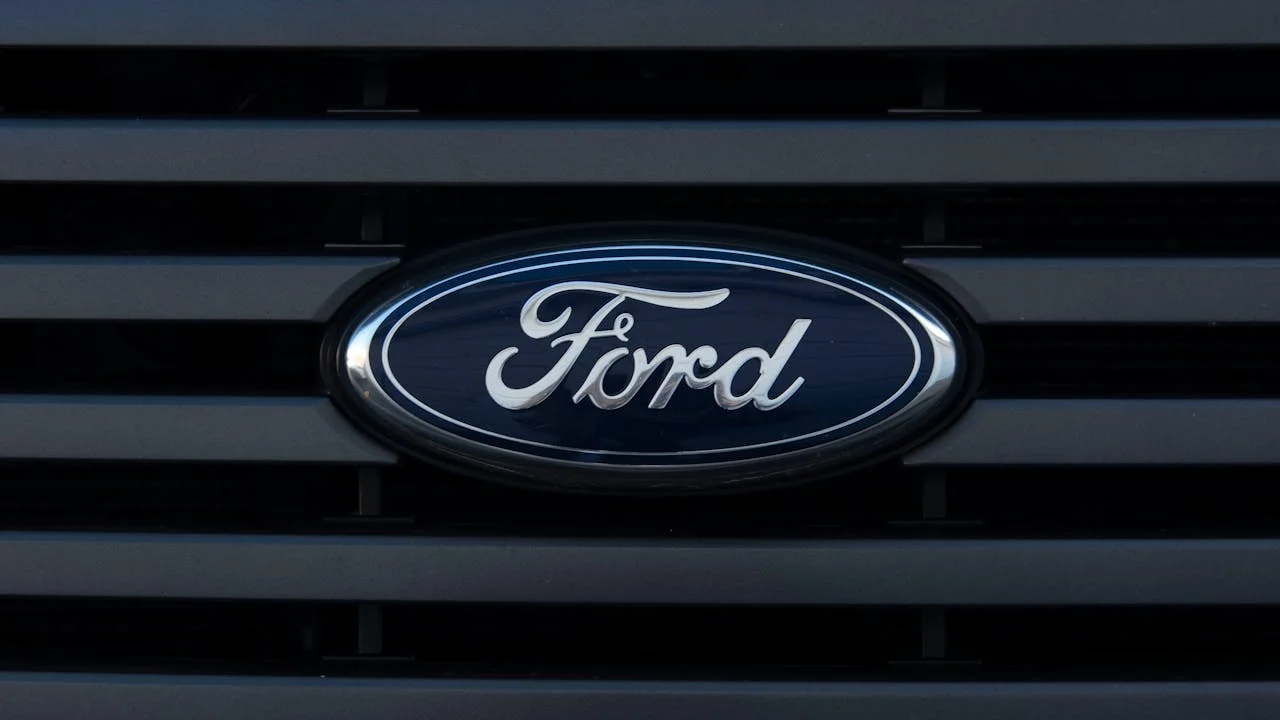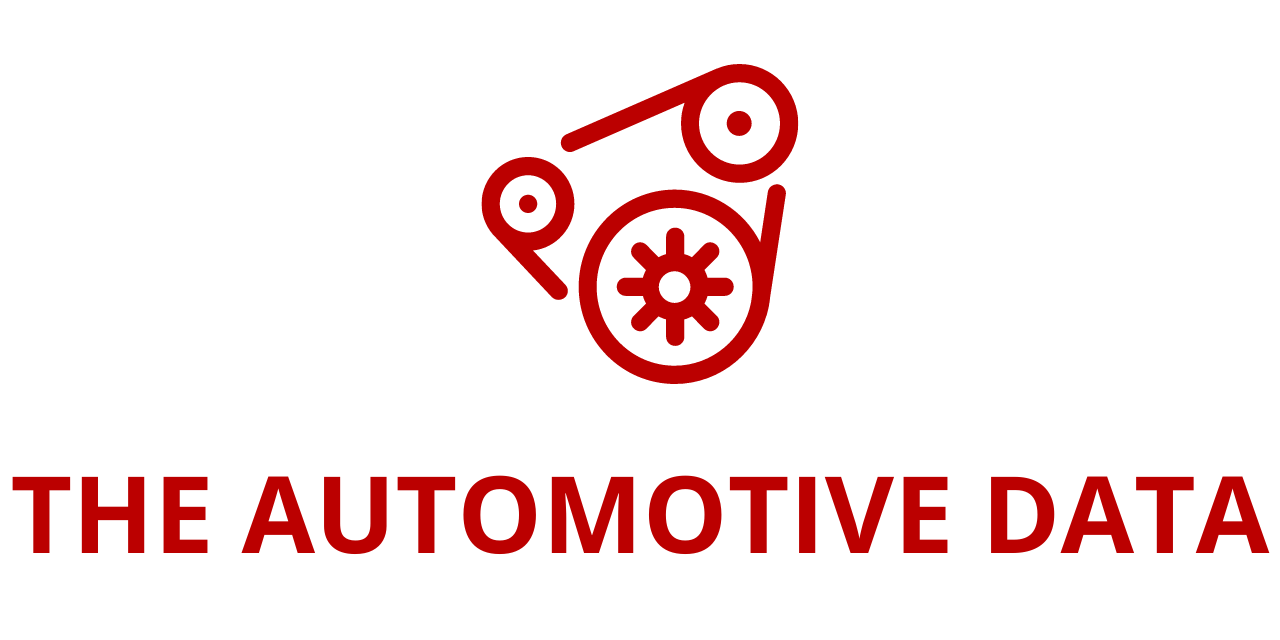
Customers exercising their “freedom of choice” have propelled Ford to the top ranks in the U.S. auto market, making it the No. 1 gas, No. 2 electric, and No. 3 hybrid vehicle brand. The company remains optimistic about its full-year 2024 results, particularly in its ability to generate cash effectively.
President and CEO Jim Farley attributed these second-quarter outcomes to the ongoing execution of the customer-centered Ford+ plan. This plan emphasizes disciplined capital allocation to ensure profitable, long-term growth and enhance the company’s strategic and financial resilience.
“Ford+ is on track, our underlying quality is improving, and Ford Pro is demonstrating the significant potential across all our businesses,” Farley stated. “The transparency and accountability from having dedicated teams for different customer needs are leading to better decisions and greater value for everyone.”
Ford’s second-quarter revenue reached $47.8 billion, marking a 6% year-over-year increase, driven by a slight uptick in wholesales. The fresh lineup of vehicles, including the new F-150 pickup and record sales of Transit commercial vans, contributed to this momentum.
The company’s net income was $1.8 billion, and adjusted earnings before interest and taxes (EBIT) amounted to $2.8 billion. Profitability was impacted by an increase in warranty reserves, although efforts to improve the quality of new products are starting to yield positive results, enhancing customer satisfaction and operational performance.
J.D. Power reported last month that Ford climbed 14 spots to No. 9 in its 2024 U.S. Initial Quality Study. The Bronco Sport was recognized as the best small SUV for initial quality, and Ford’s Lincoln luxury brand received accolades for its enhanced performance.
“Our internal evaluations are showing similar quality improvements,” said Ford Vice Chair and CFO John Lawler, noting a decrease in incidents during the first three months of service, known as ‘3MIS’ in the industry.
Product launch and 3MIS data are key indicators of future warranty costs, with current quality improvements typically reflected in financial results later on.
“We still have significant work ahead to improve quality and reduce costs and complexity, but the team is committed and we’re heading in the right direction,” Lawler added.
In the second quarter, Ford’s operating cash flow was $5.5 billion, and adjusted free cash flow was $3.2 billion. By the end of the quarter, Ford’s robust balance sheet included nearly $27 billion in cash and around $45 billion in liquidity, supporting disciplined capital allocation for long-term growth and shareholder returns.
The company declared a third-quarter regular dividend of 15 cents per share, payable on Sept. 3 to shareholders of record as of Aug. 7.
Ford Pro’s second-quarter EBIT was $2.6 billion, a 7% increase, with a margin of 15%. Segment revenue rose 9% to $17.0 billion, outpacing the growth in product shipments during the period.
Commercial demand for Super Duty trucks and Transit commercial vans exceeded production capacity. The growing popularity and strategic importance of Super Duty led to Ford’s recent decision to add a third North American assembly plant to increase production.
Starting in 2026, the Oakville Assembly Complex in Ontario, Canada, will initially add up to 100,000 Super Duty trucks annually, including a future version with multi-energy technology, to the volumes already produced at the Kentucky Truck and Ohio Assembly plants.
Subscriptions to Ford Pro software increased by 35% in the quarter, and mobile repair orders fulfilled by Ford’s fleet of approximately 2,000 service vehicles more than doubled.







